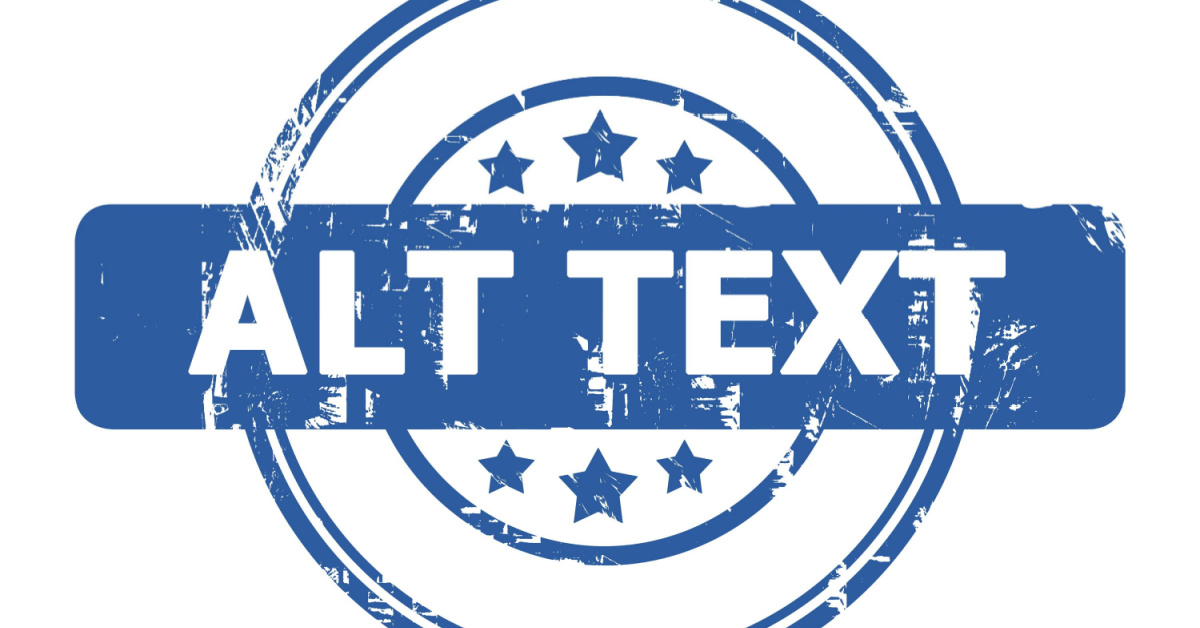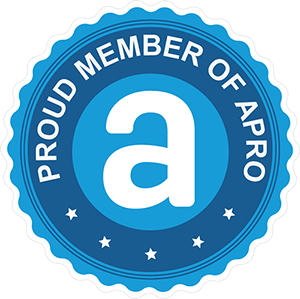
Taking the time to optimize your blog in the search engine can become overwhelming and exhausting. SEO can be tedious, but it has great benefits when done correctly. One aspect of this is optimizing the alt text of images on your website to create a better user experience on your website.
Image alt text, also known as alt text, is a text alternative defined for images. The typical image on a website is coded into HTML. We don’t usually see this when editing your site or adding content due to using a CMS (content management system). No matter what system you use, when you add an image to your website, you should be asked for “alt text” or a text alternative. It may be phrased differently, like asking for the name of the image, but this all refers to alt text.
Alt text is designed for users who cannot see the image on your website. Disabled users will typically use assistive programs like screen readers or text-to-speech programs. Having alternate text for your image allows these users to understand what you are trying to get across.
This is also useful if the internet is slow or the user has images turned off in their browser. This allows them to further understand the point you are trying to convey on your website by allowing them to read what the image is.
There are two things to know when implementing this on your website:
Every <img> must have an alt=attribute.
There is no exception to this. The <img> element always contains the alt= attribute. The purpose of the image, what it shows, or its size does not matter.
What text you should use for the alt attribute depends on the type of image and is explained below, but you always include either alt=”” (empty alt text) or alt=”descriptive text” (descriptive alt text).
Always describe the information, not the image.
You are trying to get information across. So describing the image isn’t going to give the user the information they need to understand what you are trying to convey.
Using image alt text on your website may seem tedious at first, but the benefits are well worth the hassle in making a user-friendly and inclusive website for all users.








